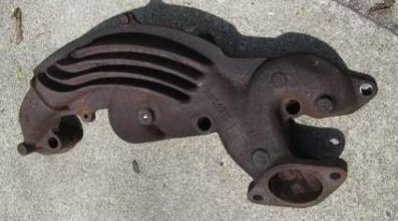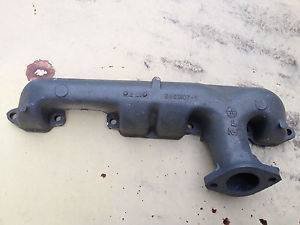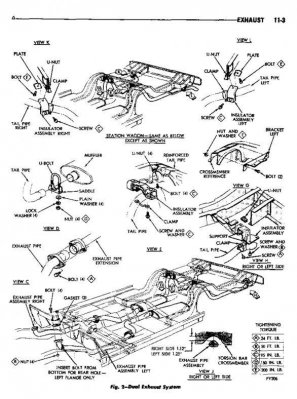DeMopuar
Member
Just want to ask the question to those that know a LOT more than me about these cars. Are there any fusie bodies that had factory dual exhaust? I would really like to know the answer to that one -- but I would guess .....NO....
If anyone does know of factory dual exhaust, let me know the model -- I would love to see how the factory did it.
Mark
If anyone does know of factory dual exhaust, let me know the model -- I would love to see how the factory did it.
Mark

 I let it go...
I let it go...


















